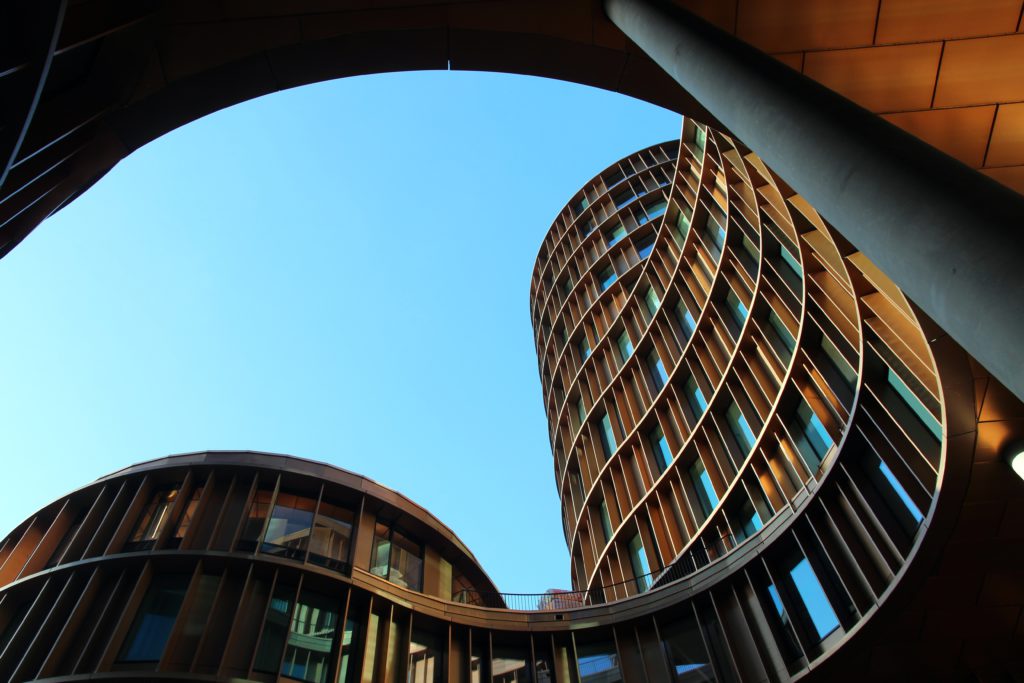In real estate, the symbiotic relationship between architecture and property is a harmonious dance that shapes how we live, work, and interact with our surroundings. The fusion of architectural ingenuity and real estate vision creates spaces that transcend mere utility, transforming bricks and mortar into living works of art. The intricate interplay between design and real estate goes beyond aesthetics; it influences our lifestyles, enhances functionality, and adds value to properties.
At its core, architecture embodies the art of space creation. Architects blend form, function, and artistic expression to craft structures that encapsulate a place’s spirit while accommodating its occupants’ needs. When this creative process intertwines with real estate, the results are remarkable. A well-designed property becomes an inviting canvas that potential buyers or tenants can envision as their own, generating a sense of connection and emotional resonance.
Real estate developers understand that architectural prowess is crucial in attracting discerning buyers and investors. Thoughtful design can elevate a property from a mere commodity to an experience. Consider a modern urban condominium with floor-to-ceiling windows that frame panoramic city views or a serene countryside retreat seamlessly integrating with its natural surroundings. These architectural elements define the property and evoke emotions and desires, making a compelling case for ownership.
Furthermore, architecture can redefine living spaces to meet contemporary needs. As the ways we live and work evolve, so do the designs of our homes and workplaces. Open-concept living areas, flexible workspaces, sustainable features, and intelligent technology integration are becoming staples of modern architectural design. Real estate developers who collaborate with architects attuned to these trends create spaces catering to the present and future demands.
The synergy between architecture and real estate goes beyond aesthetics. It’s about optimising spatial efficiency, maximising natural light, and creating environments that support well-being. For instance, sustainable design principles reduce a property’s ecological footprint and appeal to environmentally conscious buyers. A home that embraces passive heating and cooling techniques, energy-efficient appliances, and sustainable materials can significantly enhance its marketability.
Architecture and real estate also play a pivotal role in community development. Thoughtfully designed residential complexes, mixed-use developments, and commercial centres foster vibrant neighbourhoods. These spaces encourage social interaction, boost local economies, and contribute to the overall quality of life. As urbanisation continues, the significance of creating environments that balance functionality, aesthetics, and community spirit becomes increasingly crucial.
The alliance between architecture and property development remains a potent force in the ever-evolving real estate landscape. From luxurious penthouses that capture skyline beauty to innovative co-working spaces that nurture collaboration, this synergy shapes our physical environment and influences our daily experiences. As we embark on the journey of shaping the future of living and working spaces, the union of design and real estate will undoubtedly continue to weave the threads of our built world.

